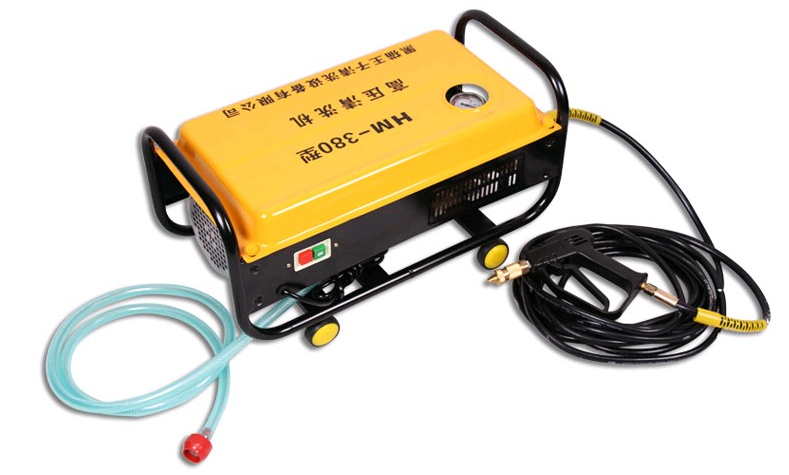animal feed mixers
Nov . 11, 2024 14:39 Back to list
animal feed mixers
Animal Feed Mixers Key to Efficient Livestock Nutrition
In the realm of animal husbandry, the nutritional quality of feed is paramount to the health and productivity of livestock. As the demand for high-quality animal products continues to rise, the need for efficient and effective feed mixing solutions has become increasingly crucial. Animal feed mixers have emerged as essential equipment in ensuring that livestock receive a balanced diet that meets their specific nutritional requirements.
Understanding Animal Feed Mixers
Animal feed mixers are specialized machines designed to blend various ingredients to create a homogeneous feed mixture. These mixers can handle a wide range of materials, including grains, proteins, vitamins, minerals, and other additives. By ensuring even distribution of these components, feed mixers play a crucial role in optimizing the nutritional profile of the feed.
There are several types of animal feed mixers available in the market, each designed to cater to different needs and production scales. Horizontal mixers, vertical mixers, and batch mixers are among the most common types. Horizontal mixers typically feature a U-shaped trough and are known for their efficiency in mixing larger volumes, while vertical mixers utilize a vertical chamber to mix smaller quantities quickly and effectively.
Benefits of Using Animal Feed Mixers
The advantages of using animal feed mixers are manifold. Firstly, they enhance the uniformity of feed, which is vital for ensuring that all animals receive the same nutritional content. This is especially important in commercial farming operations, where consistency can directly impact growth rates and overall productivity.
animal feed mixers

Secondly, feed mixers can significantly reduce the time and labor required in the mixing process. With automation and advanced technology, many modern mixers can operate with minimal human intervention, freeing up labor resources for other tasks on the farm. This efficiency translates to cost savings and improved overall operational productivity.
Moreover, the use of feed mixers helps to minimize waste. Inconsistent mixing can lead to nutrient segregation, where some animals receive too much of a specific nutrient while others may receive too little. By ensuring a uniform mixture, feed mixers help prevent these issues, thus optimizing feed intake and reducing overall feed costs.
The Role of Technology in Feed Mixing
In recent years, technology has played an increasingly important role in the development of animal feed mixers. Innovations in automation, control systems, and data analytics have revolutionized how feed is mixed and managed. For instance, advanced mixers can now be integrated with precision feeding systems to provide real-time data on feed consumption and nutritional intake. This level of monitoring ensures that farmers can make informed decisions about their feeding strategies, further enhancing the welfare and productivity of their livestock.
Additionally, environmental sustainability is a growing concern in the agricultural sector. Many modern feed mixers are designed with energy efficiency in mind, helping to reduce the carbon footprint associated with feed production. By optimizing the amount of feed produced and minimizing waste, these machines contribute to a more sustainable approach in animal agriculture.
Conclusion
In conclusion, animal feed mixers are a vital component of modern livestock farming, ensuring that animals are provided with well-balanced and nutritious diets. As technology continues to advance, the efficiency and effectiveness of these mixers are expected to improve further, supporting the sustainable growth of the animal agriculture industry. By investing in high-quality feed mixing solutions, farmers can enhance animal health, optimize productivity, and contribute to a more sustainable food system.
-
Hot Sale 24 & 18 Door Rabbit Cages - Premium Breeding Solutions
NewsJul.25,2025
-
Automatic Feeding Line System Pan Feeder Nipple Drinker - Anping County Yize Metal Products Co., Ltd.
NewsJul.21,2025
-
Automatic Feeding Line System Pan Feeder Nipple Drinker - Anping County Yize Metal Products Co., Ltd.
NewsJul.21,2025
-
Automatic Feeding Line System - Anping Yize | Precision & Nipple
NewsJul.21,2025
-
Automatic Feeding Line System - Anping Yize | Precision & Nipple
NewsJul.21,2025
-
Automatic Feeding Line System-Anping County Yize Metal Products Co., Ltd.|Efficient Feed Distribution&Customized Animal Farming Solutions
NewsJul.21,2025






